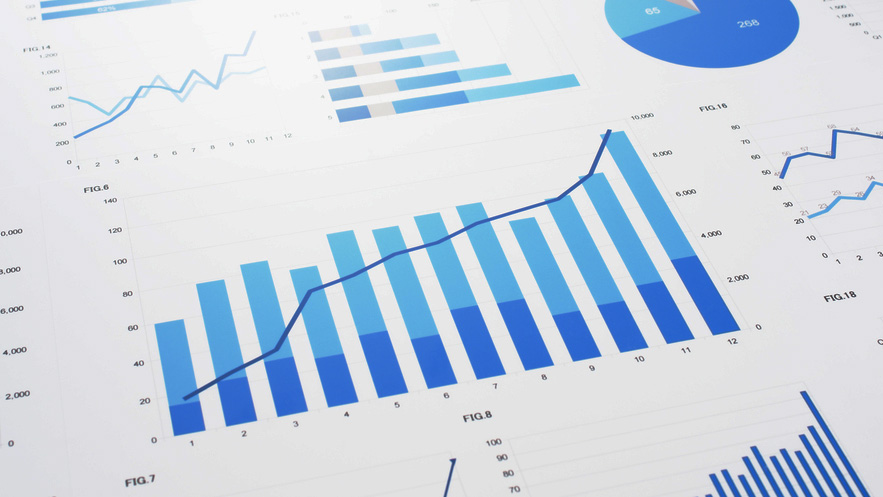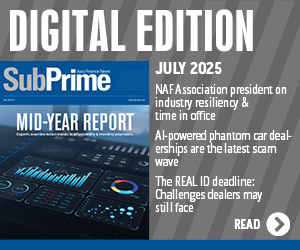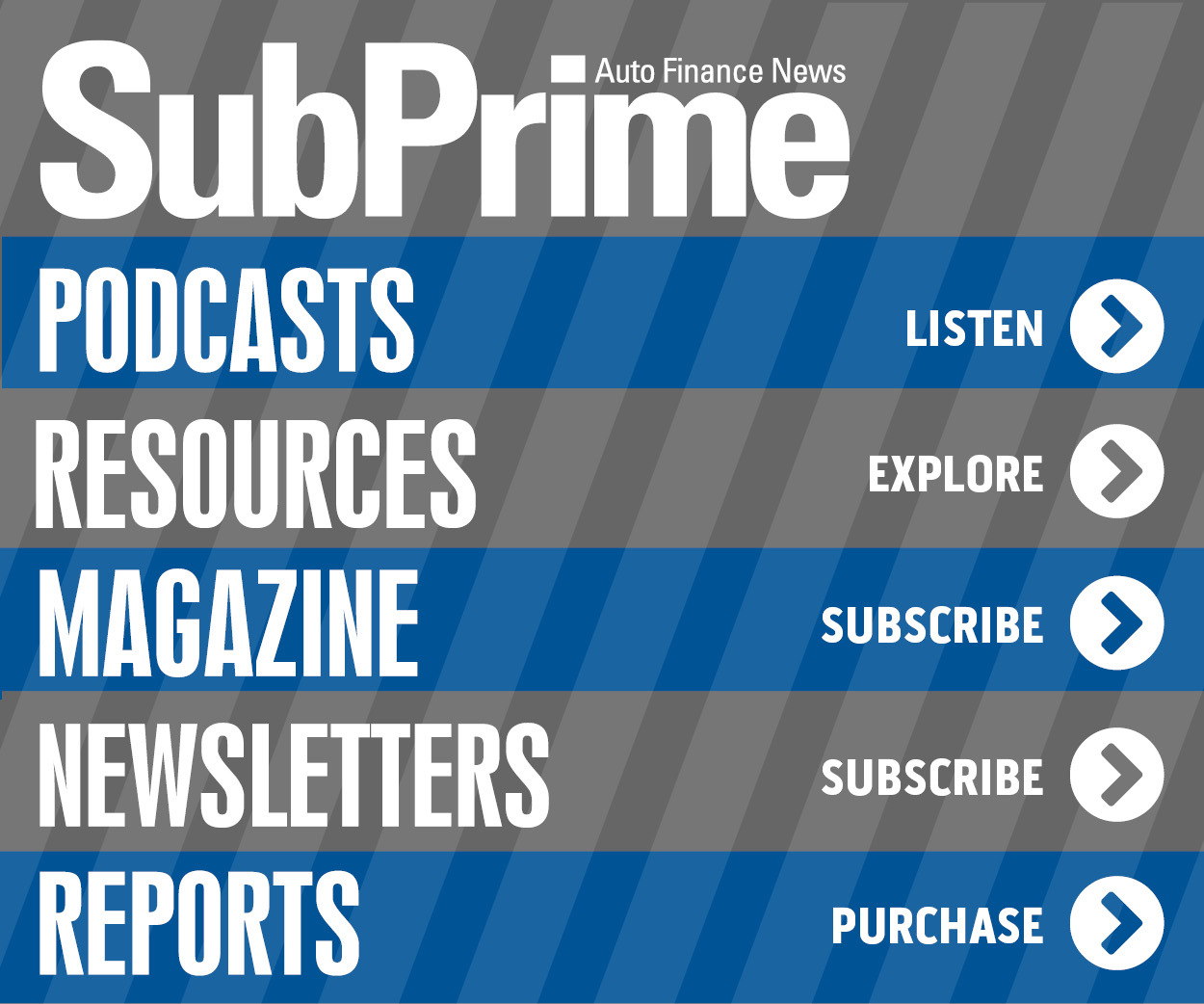Auto ABS analysis: Overall stability seen in 2019 but 2020 begins with some softening

S&P Global Ratings indicated the U.S. auto loan asset-backed securities (ABS) market remained “healthy” last year and started 2020 on “solid ground.”
But a separate report from Kroll Bond Rating Agency (KBRA) showed auto loan ABS credit performance softened in January, as net losses and delinquencies rose in both KBRA’s Prime and Non-Prime Auto Loan Indices.
Let’s begin with S&P Global Ratings’ overall assessment as analysts determined new issuance increased to $82.9 billion in 2019 from $81.8 billion in 2018, despite a nearly 2% decline in U.S. light vehicles sales.
“Prime and subprime auto loan ABS collateral performance remained sound, as reflected by lower static pool cumulative net losses on the prime 2017 and 2018 vintages relative to 2016 and stable to slightly lower cumulative net losses on the more recent subprime cohorts,” S&P Global Ratings said in a news release.
In addition, analysts noted there were a record 432 classes upgraded and only five downgrades.
S&P Global Ratings offered four more points after looking at its annual data, including:
• With 13 months of performance, 2018’s prime cumulative net losses averaged 0.36% compared with 0.39% for the 2017 vintage. Subprime’s cumulative net losses for the 2018 vintage were 5.19% compared with 5.61%-5.76% for the 2015-2017 vintages.
• Average monthly statistics for 2019 also reflected “solid” performance, according to analysts. The average monthly prime loss rate was stable at 0.56%, while the subprime loss rate declined slightly to 8.17% from 8.31%.
• Prime and subprime recoveries increased to 58.27% from 57.88%, and 42.82% from 41.33%, respectively.
• Prime 60-day delinquencies remained flat at 0.41%, whereas subprime delinquencies rose only marginally to 5.08% from 5.04%.
KBRA then took a look at its January data and found some auto ABS market softening.
Analysts determined annualized net losses in KBRA’s Prime Auto Loan Index climbed 3 basis points on both a month-over-month and year-over-year basis to 0.76%, while the percentage of prime borrowers who were 60 days past due rose 5 basis points month-over-month but fell 1 basis point year-over-year to 0.50%.
Meanwhile, analysts found KBRA’s Non-Prime Auto Loan Index posted more mixed results in January, with annualized net losses climbing 55 basis points month-over-month but falling 75 basis points year-over-year to 9.50%. KBRA reported non-prime 60-day delinquencies came in at 5.72% in January, up 43 basis points versus the previous month and 5 basis points compared to a year earlier.
“The year-over-year improvement in net loss rates was almost entirely driven by improved performance within Santander’s two non-prime ABS shelves (DRIVE & SDART),” KBRA said in its latest report.
“We expect delinquency and loss rates in both indices to remain elevated for one more month, before beginning a downward trend as borrowers begin to receive tax refunds, which provide an additional source of cash flow to help them pay their auto loans,” KBRA continued.
KBRA also mentioned its analysis of Reg ABS II asset-level disclosures also showed that securitized auto loan credit performance softened in January.
The percentage of prime borrowers who went from 60 days delinquent to current decreased 210 basis points month-over-month and 264 basis points year-over-year to 18.3%, while the percentage of borrowers going from 60 days delinquent to charged-off declined 30 basis points month-over-month but rose 64 basis points year-over-year to 15.3%.
Meanwhile, KBRA pointed out the percentage of non-prime borrowers who cured their delinquencies fell to 11.6%, down 93 basis points month-over-month and 184 basis points year-over-year. Analysts added the non-prime delinquency to charge-off roll rate came in at 22.9% in January, down 63 basis points versus December and 80 basis points versus January of last year.


